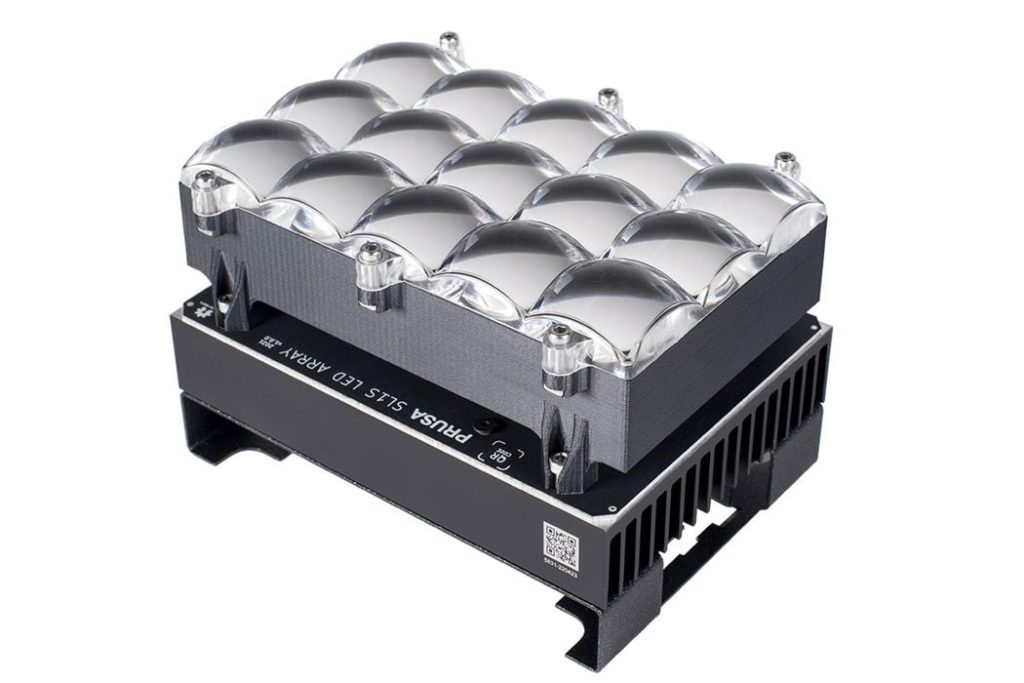
Prusa Research published a highly detailed piece explaining how they managed to dramatically speed up their latest resin 3D printer.
I’ve long been impressed with Prusa Research, and it’s not only because of their products. It’s also because of their incredible transparency, something absent from almost all other 3D printing companies.
The company periodically publishes information about activity behind the scenes, sometimes positive and surprisingly negative on occasion. While other companies go to great lengths avoid any even slightly negative information, here the open discussion from Prusa Research tends to increase one’s trust in them.
Prusa Research’s most recent publication explains how they went about — and achieved — far faster 3D print operations on their Prusa SL1S resin 3D printer.
They had previously released the SL1, their initial step out of FFF 3D printers. While successful, Prusa Research wanted to speed up print operations on the successor system, which turned out to be the SL1S.
I won’t rewrite all the details of Prusa Research’s story here, as it is definitely a piece that every 3D printer operator should read, particularly those using resin 3D printing equipment.

The piece explains how they discovered issues when attempting to use a monochrome LCD screen, which theoretically should increase print resolution. In their initial experiments it turned out it did not, and their engineers had to diagnose the problem to come up with a solution. That solution involved a sophisticated lens system. Let’s keep that in mind for future reference.
The second part of their story involved speeding up print operations. The speed of printing should, in theory, be proportional to the power of the energy delivered to the resin. More power equals faster curing, and thus faster printing, right?
Not necessarily. Prusa Research correctly points out that the total print time is not simply the addition of all those layer exposures. They explain:
“The printer also has to move the platform upwards after a layer is cured to allow the resin to flow back under the platform and spread evenly. Then, the platform is lowered back into the resin tank and the print continues. This process takes some time – several seconds at a minimum. So the total print time is not just exposure per single layer multiplied by a number of layers, but rather exposure per one layer plus the entire up&down motion multiplied by the number of layers.”
The piece goes on to explain how they managed to speed up the raising and lowering process through a unique tilting mechanism.
That’s all good news for the SL1S, but there’s something else going on here.
By reading through their detailed explanation of this technology, it puts the claims of other 3D printer manufacturers in a bit of doubt.
For example, if a 3D printer manufacturer claims to have better resolution because of a monochrome LCD screen, do they really? How did they overcome the scattering issues that were similarly encountered by Prusa Research? Do they have a sophisticated lens system?
Or when encountering a machine specification for fast layer exposures, are there similar specifications for layer lift times? If not, then is that resin 3D printer really faster? The speed advances by an improved light engine might be squashed by an unimproved lift system.
I strongly recommend you read through Prusa Research’s SL1S story; you will never read the specifications for another MLSA 3D printer in the same way again.
Via PrusaPrinters
